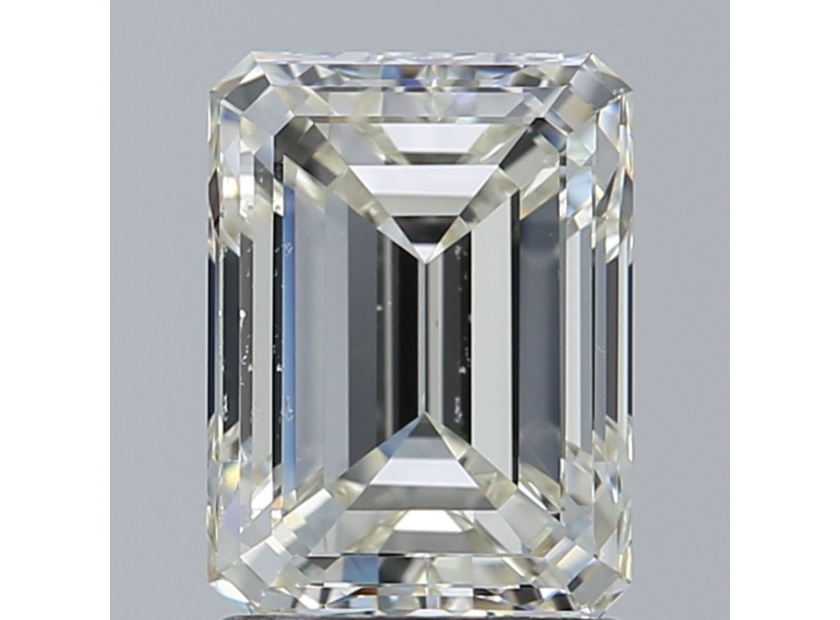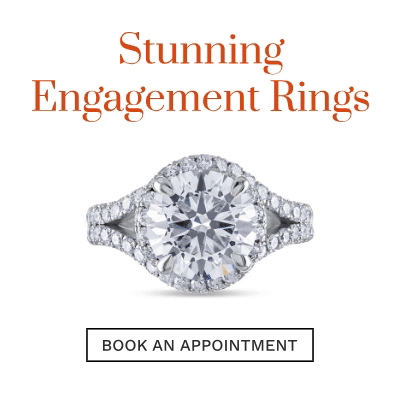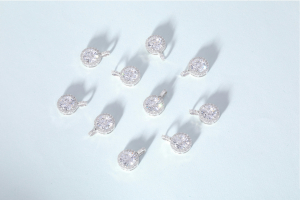USD
/
USD
/
Shipping to:
Currency:
When choosing a diamond, clarity is one of the essential factors to consider. Clarity refers to the absence of inclusions and blemishes within the diamond, which can affect its overall appearance and brilliance. Two popular clarity grades that offer a balance between quality and value are SI1 and SI2. These grades fall within the "Slightly Included" category, meaning they have minor inclusions that may be visible under 10x magnification but are often difficult to see with the naked eye.
The Significance of Diamond Clarity
Diamond clarity is crucial because it influences how light passes through the stone, affecting its sparkle and brilliance. Inclusions are natural imperfections formed during the diamond's creation. While they are a part of the diamond's unique character, excessive inclusions can disrupt light reflection, making the diamond appear duller. Choosing between SI1 and SI2 clarity grades involves understanding how these inclusions impact the diamond's beauty and whether they are noticeable in everyday wear.
SI1 Clarity Diamonds
SI1 diamonds typically have inclusions that are only visible under magnification. These inclusions are minor and usually not noticeable to the naked eye, making SI1 diamonds an excellent choice for those who want a high-quality diamond at a more affordable price. The inclusions in SI1 diamonds are generally smaller or located in less conspicuous areas, meaning they do not significantly impact the diamond's overall appearance.
SI2 Clarity Diamonds
SI2 diamonds have more noticeable inclusions, some of which may be visible without magnification. While these diamonds are still beautiful and can offer excellent value, the inclusions may be more apparent, especially in larger stones or certain cuts that highlight imperfections. SI2 diamonds are often chosen by those who prioritize size or budget over absolute clarity, as the inclusions in SI2 diamonds can sometimes be hidden by strategic settings or by selecting diamonds with inclusions in less noticeable areas.
Comparing SI1 and SI2 Diamonds
When comparing SI1 and SI2 diamonds, the main difference lies in the visibility and size of the inclusions. SI1 diamonds are generally considered "eye-clean," meaning that inclusions are not visible without magnification, while SI2 diamonds may have inclusions that are noticeable to the naked eye. This distinction can be particularly important when selecting a diamond for an engagement ring or other significant jewelry piece, as the clarity will impact the overall visual appeal of the diamond.
Choosing Between SI1 and SI2
The choice between SI1 and SI2 diamonds depends on your priorities. If you value clarity and want a diamond that appears flawless to the naked eye, an SI1 diamond might be the better choice. However, if you are looking for a larger diamond or wish to stay within a specific budget, an SI2 diamond can offer more size or other desirable features while still maintaining a beautiful appearance. It is also worth considering the diamond's cut and setting, as these can influence how noticeable the inclusions are.
Maximizing Value in Your Diamond Purchase
To maximize value, consider working with a reputable jeweler who can help you evaluate the specific inclusions in SI1 and SI2 diamonds. Some inclusions are less intrusive than others, and an expert can guide you in selecting a diamond where the inclusions have minimal impact on appearance. Additionally, certain diamond shapes and cuts can help conceal inclusions, making a lower clarity grade more viable for achieving your desired look and size.
FAQ: SI1 vs. SI2 Clarity Diamonds
What is the difference between SI1 and SI2 clarity?
SI1 clarity diamonds have fewer and less noticeable inclusions compared to SI2 clarity diamonds. Inclusions in SI1 diamonds are typically only visible under magnification, while SI2 diamonds may have inclusions visible to the naked eye.
Are SI2 diamonds a good choice for an engagement ring?
SI2 diamonds can be a good choice for an engagement ring if you prioritize size or budget over clarity. While SI2 diamonds may have visible inclusions, they can still be beautiful and offer excellent value, especially when paired with a suitable cut and setting.
Can the inclusions in SI2 diamonds be hidden?
Yes, the inclusions in SI2 diamonds can often be hidden by choosing a diamond with inclusions in less noticeable areas or by selecting a setting that masks the imperfections. An expert jeweler can assist in finding a diamond with inclusions that do not significantly impact the stone's appearance.
Is it worth paying more for an SI1 diamond?
Paying more for an SI1 diamond may be worth it if you want a diamond that appears eye-clean, meaning the inclusions are not visible without magnification. This clarity grade can provide a better balance between quality and value, particularly for those who prioritize visual perfection.
How do SI1 and SI2 diamonds compare in terms of price?
SI1 diamonds are generally more expensive than SI2 diamonds due to their higher clarity and fewer visible inclusions. The price difference reflects the rarity and desirability of diamonds with fewer imperfections.








